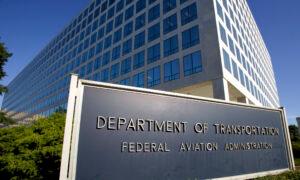The Australian Government will provide $5.43 million (US$3.5 million) to an aerospace company to develop a hydrogen-powered electric air taxi for emergencies.
The Australian Renewable Energy Agency (ARENA) is delivering the funds to AMSL Aero under the ‘Advancing Renewables Program.’
The aircraft operates similar to a helicopter with eight rotors and can carry five passengers over a distance of up to 1,000 kilometres.
The flying hydrogen aircraft is known as an electric Vertical Take-Off and Landing aircraft (eVTOL) and has been given the name Vertiia. eVTOLs are also sometimes referred to as air taxis or flying taxis.
Hydrogen Powered Air Taxi for Emergencies
The Vertiia could be used for air ambulance, emergency services, and passenger and cargo transport. This could include fighting bushfires and carrying ambulance passengers.The agency claimed the aviation sector is “responsible for roughly 2.5 percent of global greenhouse gas emissions,” one fifth of which come from short haul flights.
The project costs $10.86 million in total, meaning the grant covers half the cost. However, the Vertiia project has also received support from the Federal Government under the Emerging Aviation Technology Partnerships program.
Net Zero Push
Commenting on the project, ARENA CEO Darren Miller said AMSL is tackling one of the “many challenges in the transition to net zero.”“For end users like emergency services, and personal and cargo transport, this technology is an exciting prospect for cutting emissions and costs from air transport,” Mr. Miller said.
“Developing low emissions air transport will require a variety of solutions, including hydrogen and battery electric. AMSL’s work on the Vertiia is truly pioneering in this space.”

This aircraft is ARENA’s first hydrogen powered aviation project. The agency said it has more funding available for renewable energy in the aviation sector via the Sustainable Aviation Fuels (SAF) Funding Initiative.
AMSL Aero CEO Andrew Moore was thankful that ARENA backed companies “like ours who are committed to clean technology that will benefit society and our planet.”
“The significant funding provided by ARENA will mean that we can accelerate the design, build and certification activities for our long range, hydrogen powered electric Vertical Take Off and Landing aircraft,” Mr. Moore said.







